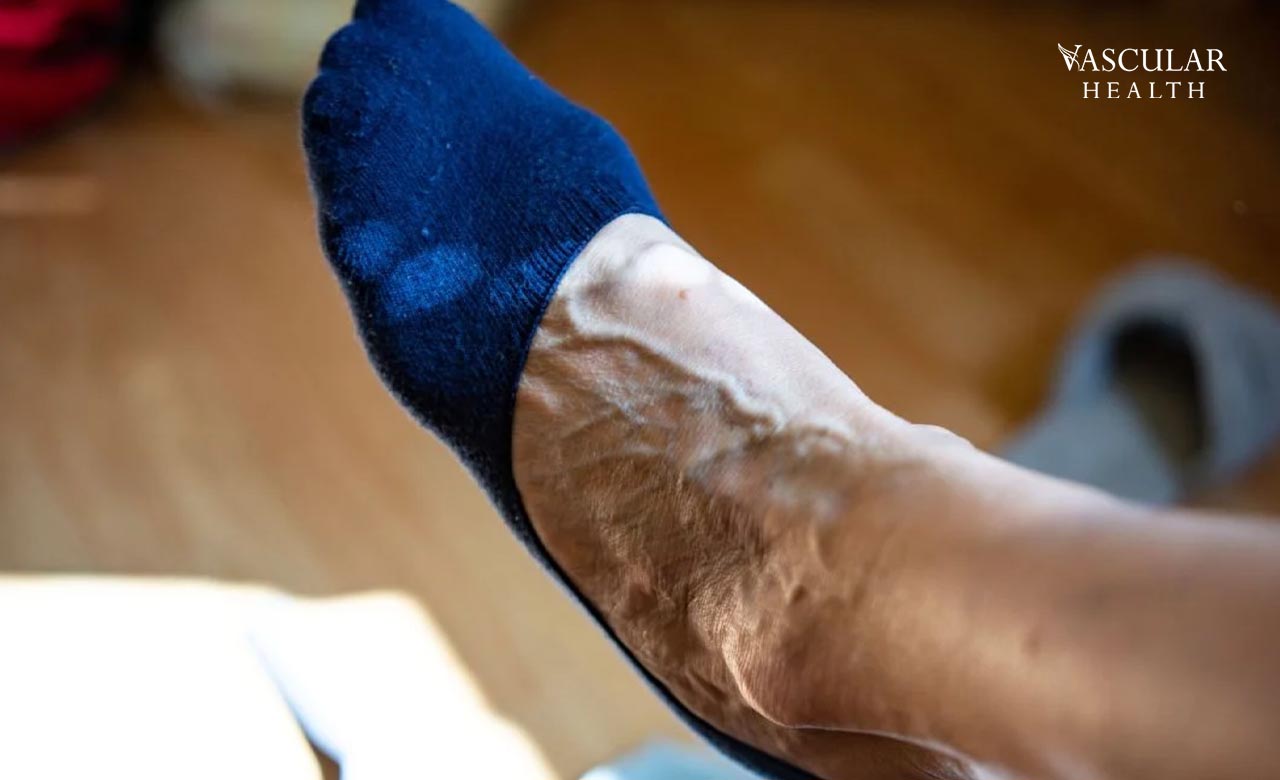Peripheral artery disease is a common problem that is related to the circulation of the blood. In PAD, the arteries narrow, reducing the blood flow towards the limbs, especially the legs. This condition is caused by atherosclerosis, which is the deposition of plaque on the walls of the arteries. PAD further leads to severe complications if early detection of PAD or treatments are not done at the initial point.
Early Diagnosis
Early diagnosis of peripheral artery disease is essential for preventing severe conditions like ischemia of the limb leading towards amputation and even major cardiovascular events such as heart attack and stroke. Significant complications are expected with peripheral artery disease if it is not diagnosed early because the blood flow becomes compromised.
Importance of Early Detection of PAD
The early detection of peripheral artery disease is essential for several reasons;
Preventing the Progression
Preventing disease progression through early detection allows intervention on time to further prevent the disease. Without treatment, PAD can lead to significant complications and can increase the risk of amputation.
Reducing the Risk of Cardiovascular Disorders
As PAD is an indicator of atherosclerosis, the patients are at a higher risk of cardiovascular diseases. However, diagnosis of PAD at an early stage helps in reducing the risk of stroke and cardiac arrest.
Improving Quality of Life
Early detection of peripheral artery disease can help reduce the symptoms, such as discomfort and pain during physical activities. It can enhance the overall quality of life for vascular patients.
Cost-Effectiveness
Early diagnosis and treatment of Peripheral artery disease can alleviate the need for more expensive and invasive treatments that can fall heavy on the pocket as well as can be an unfavorable factor for some patients.
Diagnostic methods for early detection of PAD:
Ankle-Brachial Index: The ankle-brachial index is a non-invasive screening tool that corresponds with the pressure of the blood in the ankle with the blood pressure in the arm. It is a crucial diagnostic technique for early diagnosis of peripheral artery disease.
Doppler Ultrasound: Doppler ultrasound uses sound waves to assess the blood flow in the arteries and detect any blockages. Doppler ultrasound can play a significant role in early diagnosis of peripheral archery disease.
Treadmill Exercise test: The treadmill exercise test involves walking on the treadmill to monitor the claudication symptoms in the ankle and further provide information regarding the severity of peripheral artery disease.
Segmented Pressure Measurement: Segmented pressure measurement is an essential diagnostic method for detecting PAD in the early stages. By measuring blood pressure at different points along the leg, segmented pressure can help find localized blockages in the arteries of the legs.
MRA and CTA: Magnetic resonance angiography (MRA) and computed tomography (CTA) provide detailed views of the vessels and help diagnose peripheral artery disease at an early stage.




